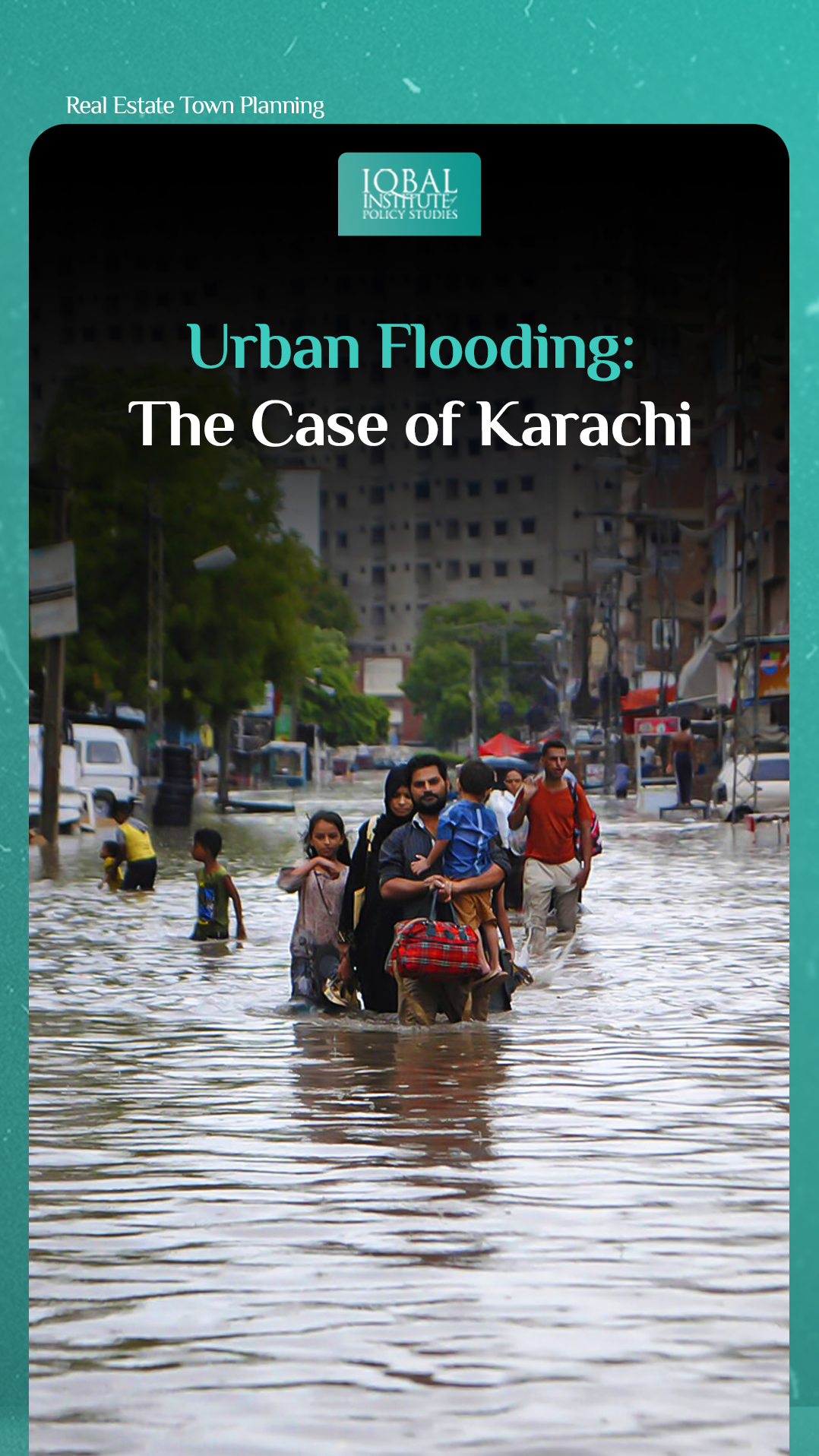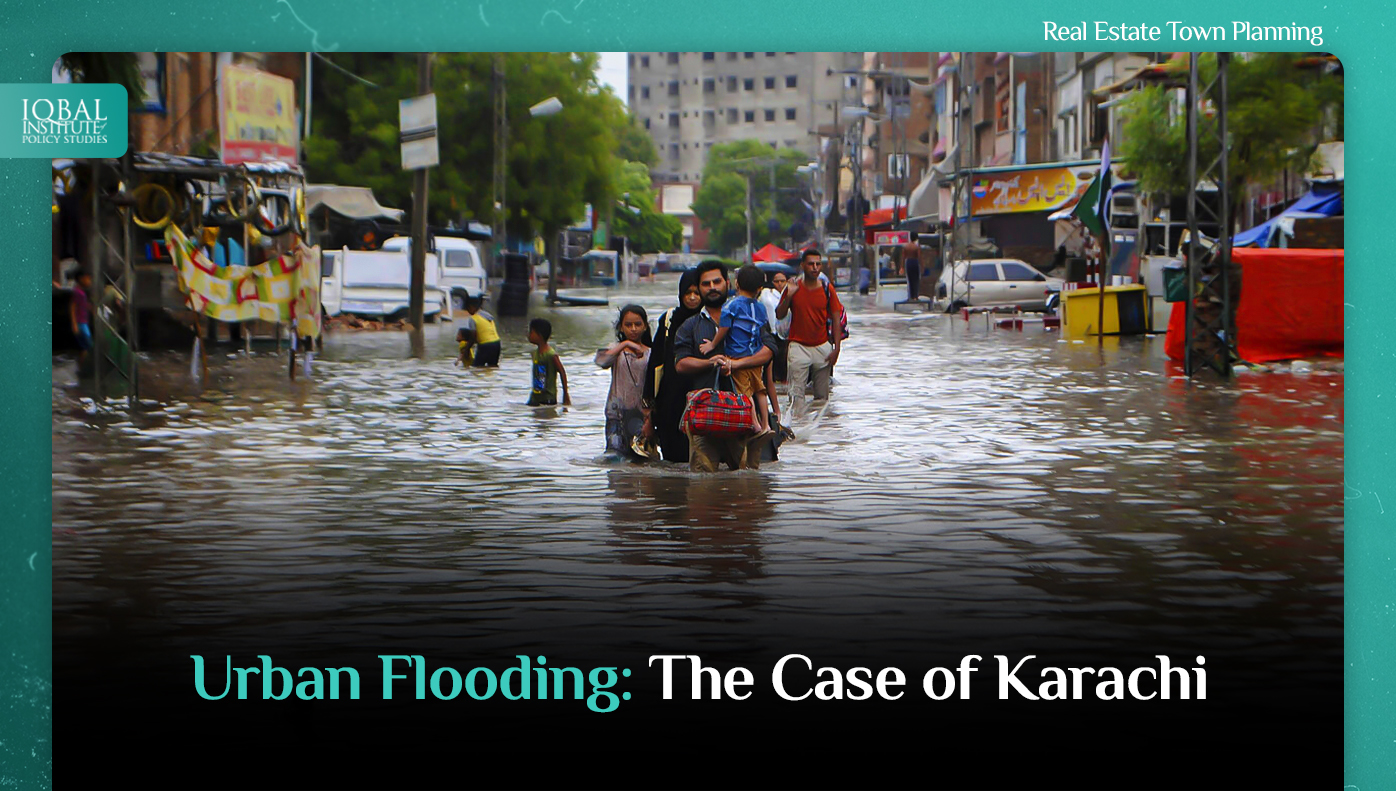For the past several years, Karachi has been the victim of urban flooding due to the wide temporal and spatial variations in monsoon rainfall. The citizens of Karachi witnessed immense hardships when a heavy spell of rain submerged many thoroughfares and low-lying areas of the city. The rains flooded homes and underpasses, knocked down towers and power lines, and led to the cutting off of communications for many in the city of lights. In the current monsoon season, heavy rainfall led to complete chaos in the areas as the drains were unable to handle the run-off and overflowed within some hours.
Due to heavy rainfall, several areas of Karachi have been suffering from urban flooding including, Gadap Town, Surjani Town, North Karachi, North Nazimabad, Gulshan-e-Maymar, Jinnah Old Terminal, Tariq Road, Defence View, FC Area, Gulshan-e-Iqbal, Saddar, Guru Mandir, Shahrah-e-Faisal, Gulistan-e-Jauhar, and Nazimabad. Every year monsoon rains ravage the metropolis, leaving the residents at nature’s mercy who scrambles for necessities. The recent monsoon showers brought back haunting memories of 2020’s catastrophe as citizens have witnessed record-breaking monsoon rains that wreaked havoc on the city’s infrastructure, including massive power breakdown and flooding of several major and minor arteries along with entire neighborhoods.
Moreover, rainwater mixed with sewage flowed inside homes, causing severe hardship to citizens, especially women, children, and the elderly. On the other hand, the urban flooding has adversely affected the flow of traffic, causing severe traffic jams in many areas of the city. Many motorists were stuck on roads as the engines of their vehicles stalled due to water accumulation up to a few feet. Heavy rainfall has also disrupted many flight operations as four domestic flights from Karachi airport have been delayed due to torrential rains in the port city. Along with all these material losses, these rains have also caused the loss of human lives. As 49 people in Sindh province including 31 in Karachi, have lost their lives in rain-related incidents, including drowning, electrocution, and wall collapse.
With the world stumbling from climate change-led extreme weather events, why is it that every monsoon season we are found unprepared? A government that otherwise observes the effects of climate change should do better. The disaster management and mitigation capacities of all federal and local agencies need to be completely revamped. Karachi, the mega city needs a dedicated, functioning storm-water drainage system free of sewage and encroachments, as well as upgraded power infrastructure which can withstand rains. It is not really possible to control or totally eliminate floods, but the policy planners and practitioners should concentrate on enhancing the resilience of the population to flood risks through a combination of engineering techniques coupled with social, economic, and administrative measures. Furthermore, they must work within the framework of Integrated Flood Management to meet the larger goals of effectiveness, socioeconomic equity, and long-term sustainability.



Leave a Reply